Here is the SEO-optimized and content-refined version of your article, maintaining the original structure and formatting while enhancing readability and alignment with Google’s content guidelines:
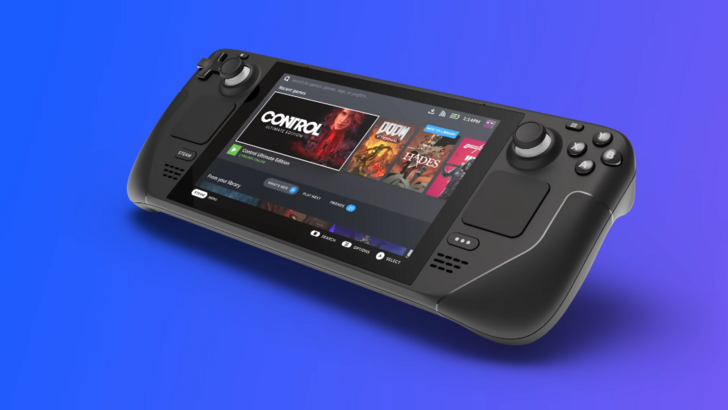
Unlike the frequent yearly upgrade cycles common in smartphones and some handheld consoles, Valve has officially confirmed that the Steam Deck will not follow an annual release schedule. In this article, we explore insights shared by Steam Deck designers Lawrence Yang and Yazan Aldehayyat regarding their long-term vision for the platform.
Valve to Avoid Annual Upgrade Cycle for Steam Deck
“That’s Kind of Not Really Fair to Your Customers,” Said Steam Deck Designers

Valve has clearly stated its stance: the Steam Deck will not be updated on a yearly basis like many competing devices. In a recent interview with Reviews.org, Steam Deck hardware designer Lawrence Yang explained why Valve chose to take a different route.
"We’re not going to do a bump every year," Yang clarified. "There’s no reason to do that. And, honestly, from our perspective, that’s kind of not really fair to your customers to come out with something so soon that’s only incrementally better."
Instead of minor yearly improvements, Valve is focusing on meaningful advancements—what they describe as a "generational leap." This approach ensures that any future hardware update delivers significant value to users without compromising essential aspects like battery life.
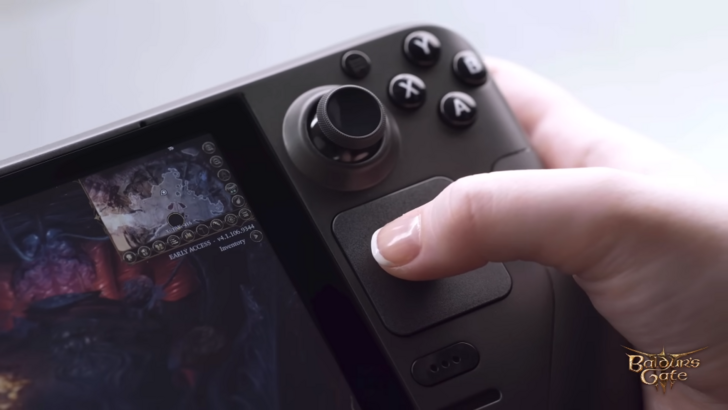
Yazan Aldehayyat, another key figure in the Steam Deck design team, added that Valve's primary goal is solving real-world gaming challenges—especially when it comes to playing PC games outside a traditional desktop environment.
While the Steam Deck has made considerable strides in this area, Aldehayyat acknowledged that there is still room for improvement. He also expressed appreciation for other companies entering the handheld PC space, noting that increased competition benefits gamers overall. He specifically praised innovations like the Steam Deck’s touchpads, which provide unique advantages over alternatives found on devices like the ROG Ally. "We would love if other companies use touchpads," he said.
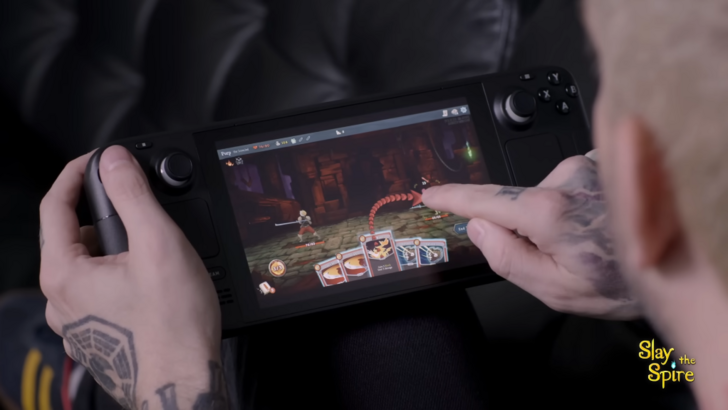
When asked about features they wished were included in the Steam Deck OLED model, Aldehayyat cited variable refresh rate (VRR) support as a top priority. The team expressed disappointment that VRR couldn’t be integrated before the OLED version launched, despite strong user demand.
Yang emphasized that the OLED model wasn't intended to be a second-generation device but rather a refined version of the original Steam Deck concept. Looking ahead, the team is actively exploring ways to improve battery performance in future iterations. However, current technological limitations mean such enhancements may have to wait until the next major Steam Deck release—potentially what could be referred to as Steam Deck 2.
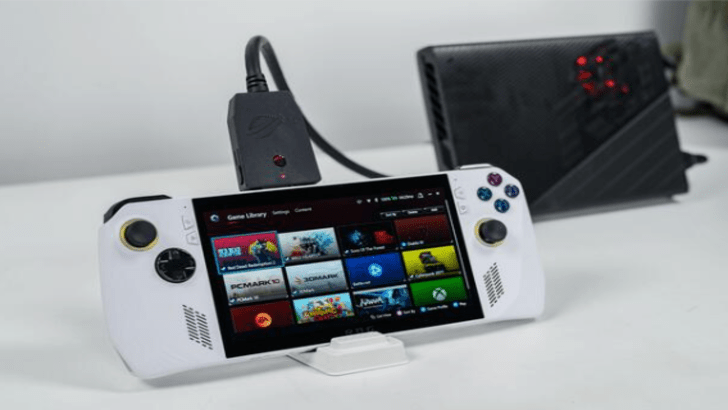
While some worry that slower hardware updates could put the Steam Deck at a disadvantage against competitors like the Asus ROG Ally and Ayaneo products, Valve sees the growing market differently. Rather than viewing it as an arms race, the company welcomes the diversity of design and innovation brought by new entrants.
"We love the idea that a lot of companies are working on improving the experience of playing games outside of your office or away from your computer," said Aldehayyat. "So seeing people try all kinds of stuff and seeing what sticks and what doesn’t, and just improving that for users… We’re very excited about it and we’re kind of curious to see where that ends up being."
Steam Deck to Officially Launch in Australia This November
Valve’s global expansion efforts may also influence its decision to avoid frequent hardware releases. Recently, over two years after its initial launch, Valve announced during PAX Australia that the Steam Deck will officially become available in Australia starting November 2024. An exact date has yet to be revealed.
Prior to this official rollout, Australian gamers had to rely on unofficial channels to obtain either the LCD or OLED versions of the device. When questioned about the delay, Yang explained, "It takes a very long time to get everything buttoned up in terms of financial due diligence, and then setting up all the logistics and warehousing and shipping and returns and all that kind of stuff."
Aldehayyat added, "Australia was on the list of countries we wanted to be in during the first day of even designing the product. It was designed to meet Australian requirements. It was certified the same time the US, Europe, and Asia were certified." He noted that the lack of local return infrastructure and business channels delayed the formal launch.
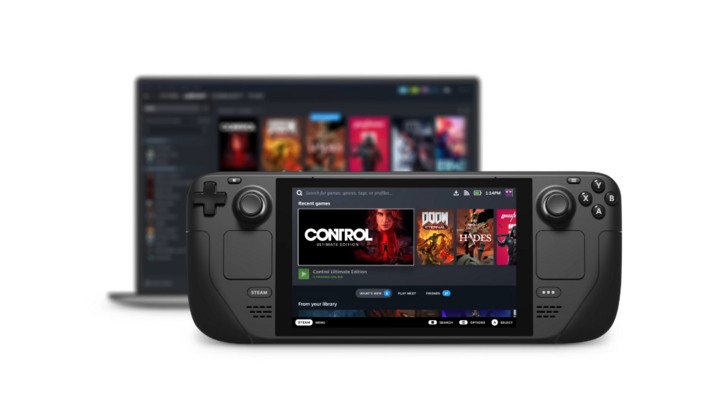
As of now, Valve does not offer official sales or support for the Steam Deck in several regions, including Mexico, Brazil, and parts of Southeast Asia such as the Philippines and Indonesia. While users in these areas can still access the device through third-party sellers, they miss out on official support, accessories, and warranty services.
In contrast, the Steam Deck is currently available in markets like the United States, Canada, most of Europe, and select Asian territories, including Taiwan, Hong Kong, South Korea, and Japan via Komodo’s website.
[tttp]

 Latest Downloads
Latest Downloads
 Downlaod
Downlaod




 Top News
Top News








